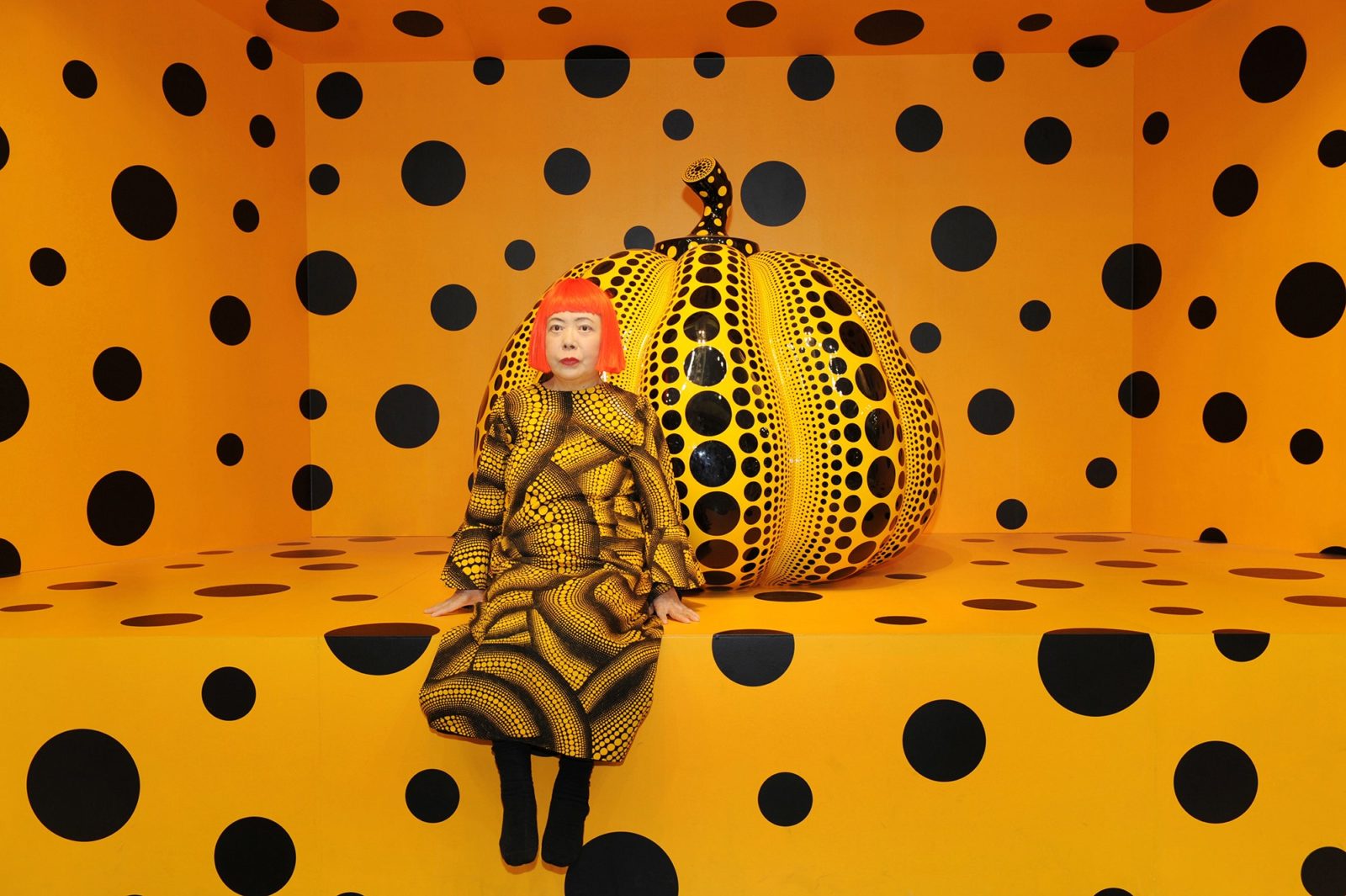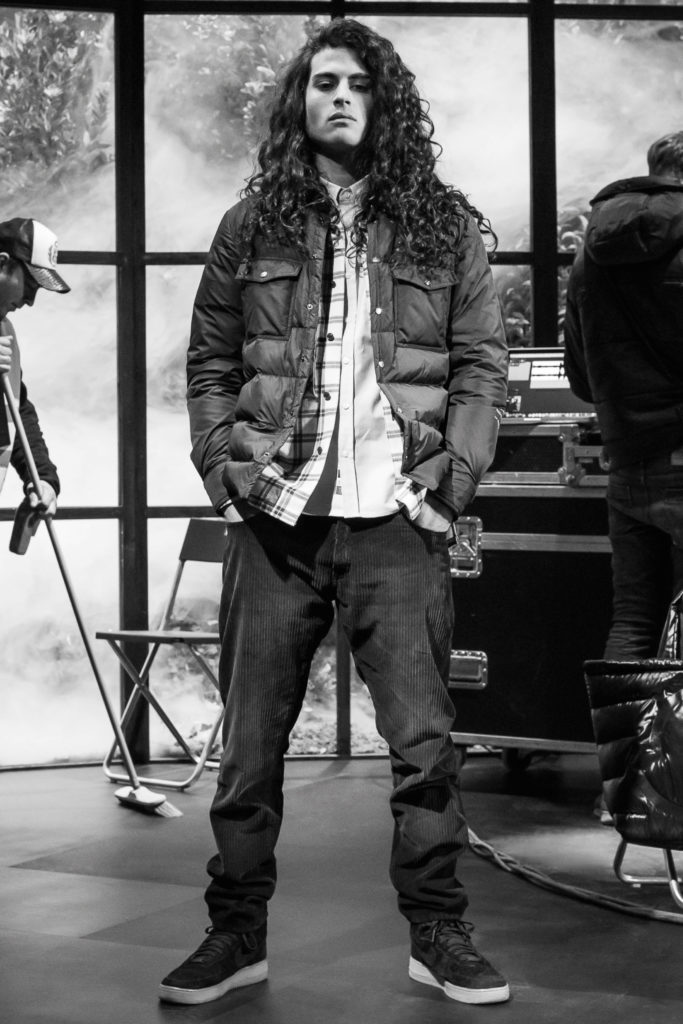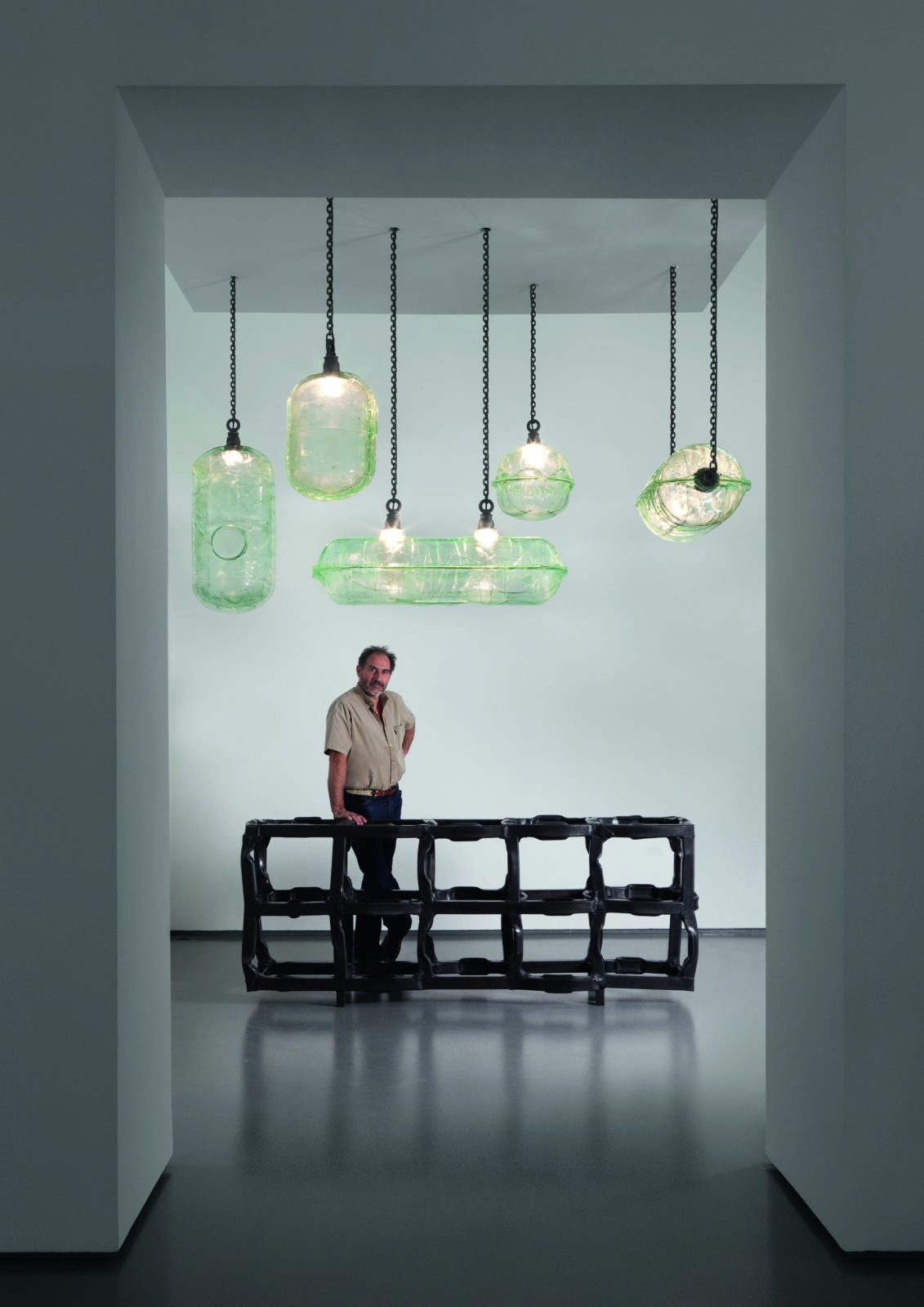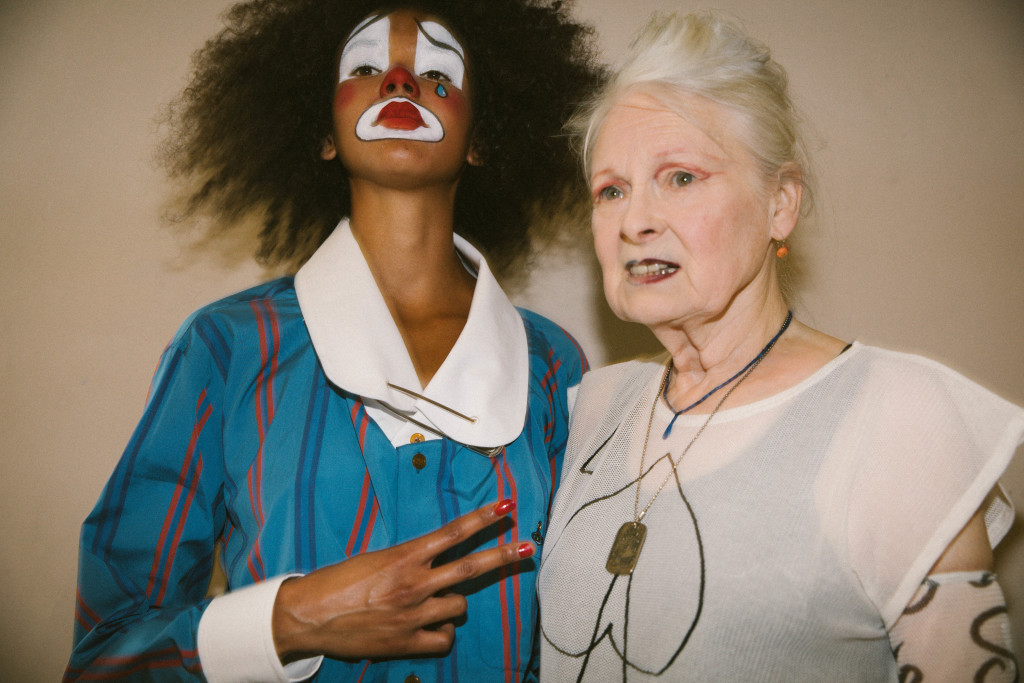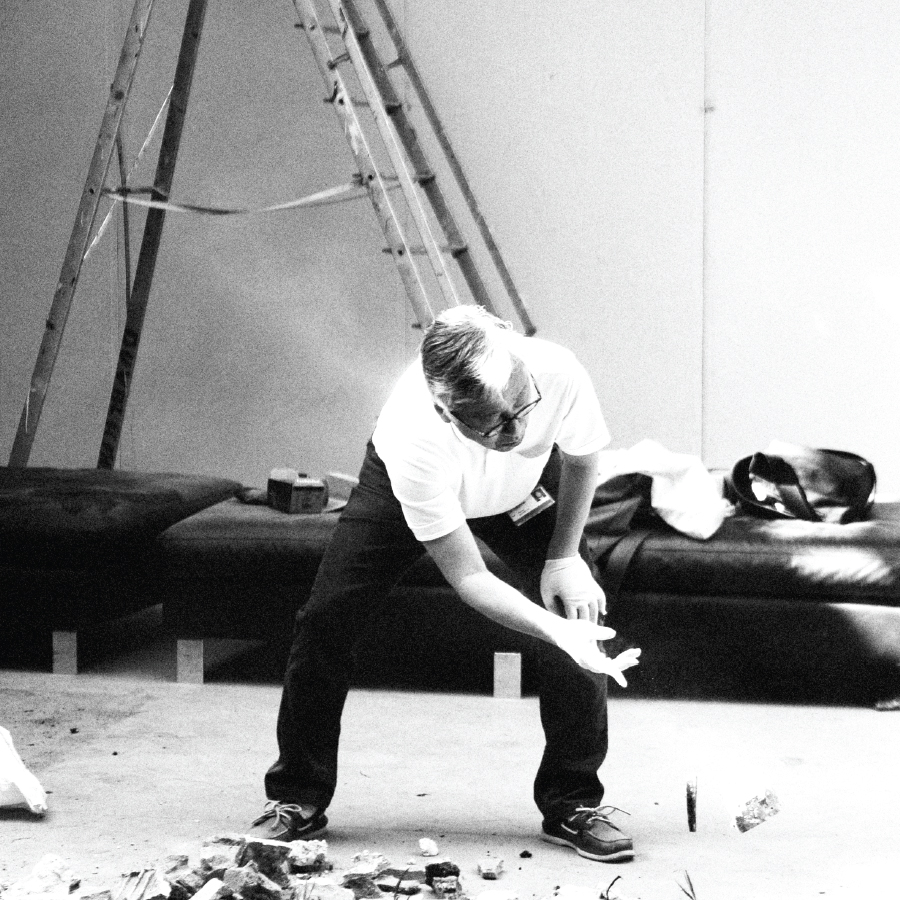
HIROSHI SUGIMOTO ON THE END OF THE WORLD
By Crash redaction
A LARGELY SELF-TAUGHT ARTIST BORN IN 1948 IN A WORKING-CLASS NEIGHBORHOOD OF TOKYO, HIROSHI SUGIMOTO WAS INTRODUCED TO PHOTOGRAPHY WHEN HIS FATHER GAVE HIM HIS FIRST CAMERA FOR HIS 11TH BIRTHDAY. AFTER STUDYING ECONOMICS, HE JETTED OFF TO CALIFORNIA AND ENROLLED IN THE PHOTOGRAPHY DEPARTMENT OF THE ART CENTER COLLEGE OF DESIGN. BY WORKING ON HIS OWN TO HONE HIS TECHNIQUE AND SKILLS, HE EARNED A FREE PASS THROUGH TWO YEARS OF THE CURRICULUM. “DIORAMA”, HIS FIRST PHOTO SERIES SHOT AT THE AMERICAN MUSEUM OF NATURAL HISTORY, WAS PURCHASED BY A MOMA CURATOR IN 1976. AROUND THE SAME TIME, SUGIMOTO ALSO BEGAN SPECIALIZING IN TRADITIONAL JAPANESE ANTIQUES. HE SOON MADE A NAME FOR HIMSELF ON THE INTERNATIONAL ART SCENE WITH HIS EMBLEMATIC SERIES “SEASCAPES” AND “THEATERS”, WORKS THAT GREW OUT OF AN EXPLORATION INTO THE NATURE OF TIME AND THE ORIGINS OF CONSCIOUSNESS. SPLITTING HIS TIME BETWEEN TOKYO AND NEW YORK, THE MULTITALENTED ARTIST NOT ONLY SPECIALIZES IN PHOTOGRAPHY, BUT ALSO SCULPTURE, TRADITIONAL THEATER AND ARCHITECTURE.
Why did you decide to include your project “Aujourd’hui, le monde est mort [Lost Human Genetic Archive]” in the exhibition series L’État du ciel at the Palais de Tokyo?
Because that is the state of the world today. Our world is on the verge of extinction. So I created 33 scenarios depicting the end of our civilization.
Do you feel the end of the world is a real threat today?
Yes. It’s clear that our current system of global capitalism cannot support any further growth. We have reached a point of saturation.
How did you come up with these 33 scenarios?
They are the products of my artistic imagination. When I was at university, I studied sociology, economics, German idealism, literature, philosophy, architecture… I learned the foundations of the methods I now use to think about humanity. Our world is now approaching the limit on every level. So in this series I present the end of civilization in the form of ruins, by inventing different visions. After the end of the world, history will no longer exist. No one will remain to write history. It’s from the vantage point of this darkness that I try to imagine our civilization as a thing of the past. My scenario does presuppose a few survivors. They revisit our civilization like when we visit the Parthenon to remember the lost civilization of ancient Greece. And I imagine that if there are survivors, then they will try to preserve the DNA of the human species.
In “Aujourd’hui, le monde est mort”, the end of the world is seen by an imagined future reality where the humanity would have disappeared…
After the end of the world, there will be no History anymore and nobody will be able to rewrite it. From the darkness of the future, I’m aim to look at what was our civilisation. My scenario supposes that there are indeed survivors. They would rediscover our civilisation just like when we, today, visit the Parthénon in order to remember the lost civilisation of Ancient Greece. Also, I can imagine that, if some people do survive the end of the world, they will try to preserve the humane race’s DNA.
Why did you begin all 33 stories with a sentence inspired by the opening of Camus’s “The Stranger”: “aujourd’hui le monde est mort” [“today, the world died”]?
Because it’s a sentence everyone knows. I read “The Stranger” in high school and it had a profound effect on me. It was the first sentence I learned in French.
Since you live between New York and Tokyo, do you ever feel like a stranger?
Yes, of course. I’m Japanese but I’ve spent more time in America than Japan. I don’t feel like I belong to any country. But it’s no big deal. I’m an artist, and artists do not belong to any one country.
You began the photo series “Seascapes” – on the theme of the sea – over thirty years ago. Where do these photos fit in to the new exhibition?
The sea represents the world before the birth of humanity, as well as after its end. The exhibition opens and closes with seascapes. In an environment where there is nothing but sea, civilization appears, lasts ten or twenty thousand years, and then disappears. It’s a miniscule span of time compared to the history of Earth, which has been around for billions of years. Another civilization may have existed before ours, and another may emerge after… By bookending the exhibition with seascapes, I wanted to evoke the extremely short duration of our species. And let’s not forget that modern civilization, which arose with the renaissance, covers little more than 300 years of History. During this brief period, society has gone through an aggressive process of urbanization. Humankind once lived in harmony with nature, just like animals do. Then all of a sudden modernization came and upset the order.
So our world will end. But will another world rise up to take its place?
Our civilization will reach its end. Then maybe the world will return to something closer to the Neolithic era.
Many of your previous exhibitions have tackled the theme of origins: the origin of art as well as history. This time you chose to work with endings. Why the switch?
Whenever we think of origins, we’re also thinking of endings. And to reflect on endings, I have to return to the origin. Whatsoever has an origin is fated to end. Nothing can have no end.
Is that why you look for ways to capture time? With your series “Seascapes” and “Theaters”, for example? (note: for “Theaters”, Sugimoto photographed movie screens using a long exposure lasting for the entire duration of the film, producing images of completely white screens.)
capture time?! (laughs) Time is a mysterious thing that only human senses are able to perceive. Animals are not conscious of time. I think abstract thinking and the concept of time must have emerged at the same time among humankind. The perception of time is also tied to the birth of language and consciousness. Human beings alone are capable of setting a trap today to capture a wild boar tomorrow. We are able to distinguish between “now” and “tomorrow”, to be conscious of passing time. And photography is a medium that is intimately connected to time, much more so than painting.
Have you had an interest in History for a long time?
Ever since I read Hegel. His vision of History had a lot of influence on me. And his reflection on the relationship between God and humankind, as well.
Can you remember any particular work of art that may have had a big impact on you as a child?
I can’t recall any specific work, but I was especially fond of tales and fables, which are actually myths. My father would tell me all sorts of fantastic stories. For example, he would ask me, “Do you know what twinkles in the sky at night?” And he would answer, “It’s the holes in the sky where rain comes from.” Isn’t that funny? It was art, in a way. Because for me, art is a way of interpreting the mysteries of nature and the universe.
You have said that Japanese civilization is unique in the world. Where did this theory come from?
The geographic and climatic environment of the Japanese archipelago is unique on Earth. The climate is temperate and subtropical, with four distinct seasons. And it is surrounded by sea. No other country in the world has an environment like this. Nearby china is largely a desert climate, and South America is mostly tropical forest. In short, no other country has seasons with so many subtle nuances, or the same balance between sea, mountains and rivers. When you go to the sea, you can see all sorts of fish. And when you go to the mountains, there are lots of acorns and nuts. civilizations generally arise in order to combat hostile natural conditions. Take the culture of the Nile delta for example: civilization developed by working to counteract nature in order to domesticate it. The Japanese, on the other hand, have never needed to domesticate nature in order to survive: they simply had to show gratitude for its generosity, by dedicating prayers to nature. On the intellectual level, the Japanese evolved sufficiently. But since they never needed to move from hunting to agriculture, the Neolithic period lasted much longer here than elsewhere. Life in this peculiar environment shaped the Japanese sensibility. Our language has many more words that express many more nuances of colors and different aspects of nature than other languages. The fine precision of the Japanese sensibility comes from this History.
Why do you think your work – which reflects this sensibility peculiar to Japanese civilization and which references Japanese spiritual and mythological elements – has such appeal among Westerners?
Because my work has impact! (laughs)
Do you think Westerners understand the meaning of your work?
It depends on each person’s understanding of culture. But overall, I think they understand it better than the Japanese. Actually, the Japanese do not see the meaning. My work almost never sells in Japan. Myself included, I never understood the unique nature of Japanese civilization until I was able to take a step back and observe my country from the outside, after I had lived in the United States for a long time. I wrote several books on my reflections in Japanese, but none was a success. In Japan, I’m seen as an artist who is popular abroad.
You often include references to Japanese divinities. Does your use of these figures go beyond a strictly religious level?
I do not deny spirituality, but I have no need to believe in a single god. That said, art itself is a form of religion. In the past, people donated to the church; today, they donate to museums.
You say you admire Emperor Hirohito, even using his wax figure from Madame Tussauds for a portrait. What do you like about him?
Of all the emperors throughout history, he seems like he was one of the most intelligent. His story is very unique and he was forced to make some difficult decisions. On the whole he responded well to most of the political events in the country, even though he was unable to prevent the war, despite being strongly opposed to it. He failed to make himself heard, and it’s unfortunate. As for everything that happened after the defeat, in my view he did his best.
You are very knowledgeable about Japanese History. Do you view imperialism and the far right tendencies of the imperial regime with a critical eye?
Of course the imperial regime is conservative. But the History of the Japanese Empire has lasted for over 2,700 years. It’s not for us to change something that has lasted so long. At the Potsdam conference, Japan’s only demand was to keep the imperial regime, and the Allies accepted. Should we have a revolution to set up a republic like in France? Even in France where the king was guillotined, the aristocracy persists in people’s mindsets.
Is it not a provocative gesture to display the portrait of Emperor Hirohito like an icon in the West?
I admit that there is something sensational in it. But it’s strategic, and I like ironically meanspirited gestures. Even for this exhibition on the “end of the world”, I deliberately imagined atrocities by exaggerating my taste for evils that are only real in fiction.
You recently put on a Bunraku performance (traditional marionette theater) in Paris. What inspired you to do this project?
chance… Or maybe because I already had some experience with Noh theater. It actually started as a commission from the new theater in Yokohama.
Why did you choose “The Love Suicides at Sonezaki”?
Because I like the play’s musical score. But also because it’s the only Buraku play dealing with a universal theme that is still relevant today: love.
How did French audiences respond to the play?
They cried a lot! Despite the fact that suicide is prohibited in this catholic country!
You migrated from photography to sculpture. Now you are even moving into architecture. How do you manage to meet all these challenges?
I create what I want to create. In terms of architecture, I don’t have a degree, which gives me more freedom to create what I want. I’ve photographed architectural works throughout the entire world: I’ve seen everything. That’s how I learned what I needed to do.
Do you ever stop? Despite what your Zen attitude might tell us, are you hyperactive?
It’s true: I may have some hyperactive tendencies…
Do you have any other activities outside art?
I cook. In fact, I’m going to publish a cookbook next year.
Does music play an important role in your life?
Of course! I do Italian singing exercises every day. I love Handel’s operas.
What do you have planned for the future?
I’m in the process of creating a cultural foundation in Odawara. construction began last year and it’s set to open in spring 2016. In addition to the museum, the foundation will host performances of traditional Japanese art, like Noh theater and tea ceremonies. The goal is to preserve these arts and introduce them throughout the world. I will present these performances as well as my work in a personal and original way.
Since you’ve been everywhere, what is your favorite spot in the entire world?
My bathtub at home in Tokyo.







